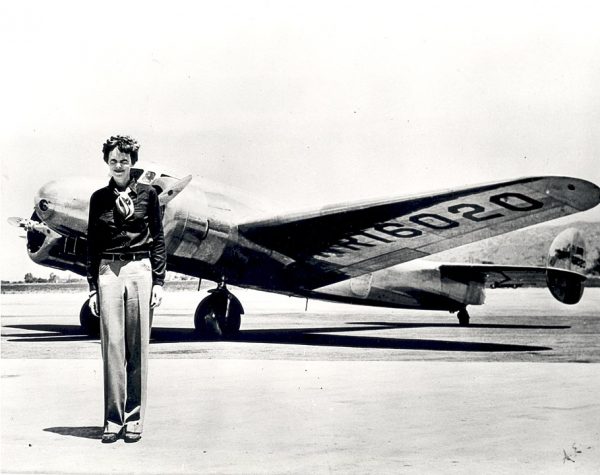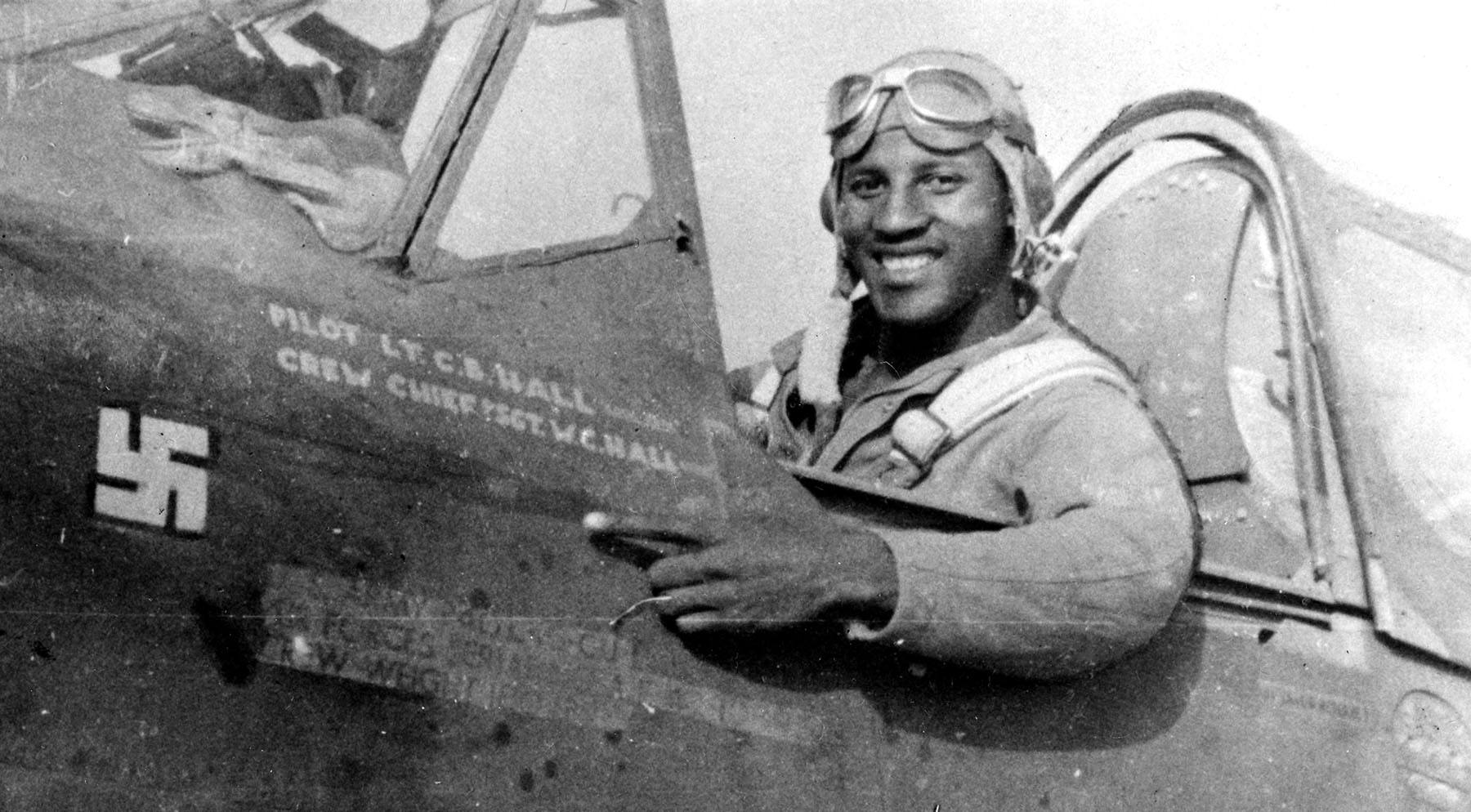July 2 in U.S. military history
1863: The Battle of Gettysburg enters its second day.
Col. Joshua L. Chamberlain’s 20th Maine Volunteers occupy “Little Round Top” at the extreme left flank of the Union forces. With ammunition running low from repeated attacks by the 15th Regiment of Alabama, inflicting heavy casualties on the defenders, Chamberlain orders a bayonet charge. His men rush downhill, capturing over 100 soldiers. Chamberlain, who personally took a Confederate officer prisoner with his saber, is awarded the Medal of Honor.
Meanwhile on Cemetery Ridge, the 1st Minnesota Volunteers arrive just in time to plug a gap left by retreating Yankees. The Minnesotans conduct another bayonet charge, and by day’s end only 47 of an original 262-man force are capable of fighting – among the highest casualty rates sustained by any unit during the war.
1937: World-famous aviator Amelia Earhart takes off from New Guinea and heads for the tiny coral atoll of Howland Island, over 22,000 miles into her around-the-world flight. The Coast Guard cutter USCGC Itasca was positioned near Howland to assist Earhart, and receives a transmission that her Lockheed Electra was running out of fuel. The Navy dispatches the battleship USS Colorado (BB-45), aircraft carrier USS Lexington CV-2), and PBY Catalinas from Hawaii (1,700 miles away) to join Itasca in the search, but they come up empty-handed.

1943: A flight of 16 B-25 Mitchell bombers, escorted by P-40 Warhawk fighters of the all-black 99th Pursuit Squadron, conducts a raid on Sicily. 1st Lt. Charles B. Hall becomes the first Tuskegee Airman to shoot down an Axis warplane – a Fw-190. Hall will fly 198 combat missions during World War II and is the recipient of the Distinguished Flying Cross, which incidentally, was created on this day in 1926.
